US missile ranges. 2-Part I
Tests of the naval component of the US missile defense are carried out at the US Navy Pacific Barking Sands. It was founded in 1966 after the transfer of the Air Force base located here the fleet. The main coastal infrastructure of the landfill is concentrated on the west coast of the island of Kauai. On a coastal stretch of 11 km and a total area of 14,7 km² there are: a control center, control points for air, surface and underwater conditions, launching sites with equipment for launching missiles and an airfield with a strip of 1830x45 m in size. Part of the landfill is about 3,1 , 700 thousand km². More than 4 hydrophones have been installed to monitor the underwater situation in nearby waters at depths of 600 to 60 meters. Formally, the landfill also includes controlled airspace around the Hawaiian Islands, an area of more than 100 thousand km², known as the Hawaiian Islands Air Defense Zone. The advantages of the landfill are its remoteness from densely populated land and a mild tropical climate.
The complex of objective control system created here serves to provide combat training for crews of submarines, surface ships and airplanes. At the site were conducted testing and evaluation of weapons and naval equipment in conditions close to combat. To this end, during exercises and tests, a complex jamming environment is created by means of EW. Work within the framework of the development of anti-missile systems began here almost from the very moment the ground was founded. From the launch sites of the island of Kauai, Star’s target rockets were launched during the test of the Spartan anti-missile missiles launched from the Kwajelein Atoll.
Since 1958, more than 6000 different tests and exercises have been conducted at the Barking Sands training ground in the interests of the Department of Defense, the US Department of Energy and NASA. Also, warships and aviation armed forces of Australia, Canada, the Republic of Korea and Japan. In 1962, a missile with a nuclear warhead launched from the Eten Allen missile cruiser in the waters of the Barking Sands training ground. Flying 2 km, it exploded at an altitude of 200 meters in the vicinity of Christmas Island in the Pacific Ocean.
STARS target rockets were launched from a missile test site on the island of Kauai to test and configure early missile warning systems. This booster rocket was created using the first two stages of the Polaris-A3 SLBM; the ORBUS-1A solid-fuel unit was used as the third stage.
In recent years, the final stages of the Aegis and THAAD anti-missile systems have been tested at the Barking Sands test site. During the most critical missile defense tests, the radar and telemetry stations in Hawaii are connected to the means of objective control available at the test site. So telemetry information received by the Air Force on Oahu, the fiber optic cable is transmitted to the command center of the landfill. Video recordings are provided by the optical stations of the Air Force on the island of Maui.
The most significant work performed on the Pacific Missile Range is considered to be tests conducted during the development and improvement of the ship’s multi-functional control system. weapons "Aegis".
During tests of the anti-rocket "Standard-3" mod. 1 (SM-3 Block I), launched on February 24 of 2005, from the Lake Erie URO cruiser, destroyed a target missile launched from the Barking Sands ground launch vehicle.
Work on the missile defense program carried out at the site, is not limited to the launch of target rockets. So, 4 August and 28 August 2005, were launched suborbital rockets. The purpose of these launches was to test the systems for detecting and performing work on collecting the base of signatures of ballistic targets.
In 2006, the anti-missile system of the ground forces THAAD was delivered to the Barking Sands from the continental United States from the White Sands test site for the final test phase. The concept of kinetic interception is implemented in this anti-missile system, which implies a direct hit by the anti-missile on the target. During the tests, a target that simulates a Scud missile, which was launched from a mobile platform in the Pacific, was successfully hit. The Scud missile target simulators were used as the Scud simulators (the first stage is the upgraded sergeant OTR engine, and the second is the third stage of the Minmitmen-1 ICBM) and Hera (based on the second and third ICBM levels) Minuteman-2 ").
At the end of October, 2007, after the end of the test, one THAAD battery began to carry out test combat duty in the eastern part of the island of Kauai. 5 June 2008, another type of target missile was launched from a floating platform, successfully intercepted at an altitude of about 22 km. Of the fourteen launches at the Barking Sands range, from November 2006 to October 2012, eleven were successful. A ground-based mobile missile defense system for high-altitude over-atmospheric interception of medium-range missiles THAAD is currently adopted by the United States. The shipments for the fifth battery set in Fort Bliss (Texas) were to be completed in 2015. It is known that Qatar, the United Arab Emirates and South Korea intend to acquire THAAD anti-missile systems.
During the tests, the SBX sea-based radar with AFAR, which is a floating radar station installed on the CS-50 self-propelled semi-submersible oil platform, was used to refine the flight parameters of the missile targets. This platform was built in 2001 year on the Russian Vyborg shipyard. CS-50 was originally built for oil production on the North Sea shelf. The SBX radar is intended for detecting and tracking space objects, including high-speed and small-sized ones, as well as generating data for targeting missile defense systems. According to American data, the target detection range with the 1 EPR EPR reaches 4 900 km. In Alaska, in the Adak port, a special pier was built for the SBX floating radar. It is assumed that the SBX, being in this place, will be in combat duty, controlling the western missile-prone direction and issue, if necessary, target designation to the American antimissile systems deployed in Alaska.
27 April 2007 of the year in the water area of the landfill has successfully passed the test of the possibility of destroying two ballistic missiles simultaneously using the Aegis system. From October 2009 to August 2010, tests of naval anti-missile systems were conducted here with the involvement of naval ships of South Korea and Japan.
21 February 2008 of the year onboard the cruiser URO "Lake Erie" was launched by the anti-missile "Standard-3" mod. 1A (SM-3 Block IA), successfully hit a lost American satellite at 247 km altitude.
30 July 2009 launched a ballistic missile during a US Navy exercise on a Kauai launch site, which was intercepted by an antimissile missile from the destroyer HRO DDG-70.
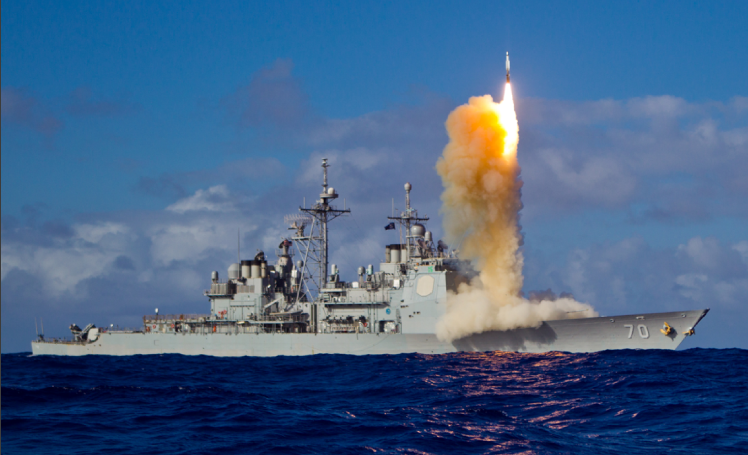
The US Navy plans to equip the Aegis 62 destroyer and 22 cruisers with the Ajis anti-missile system. As a result, the total number of SM-3 antimissiles on US Navy warships in 2015 should have been reduced to 436 units, and in 2020 to 515 units. In addition, on the island of Kauai, in April 2015, the base for testing the Aegis system adapted for land-based was commissioned.
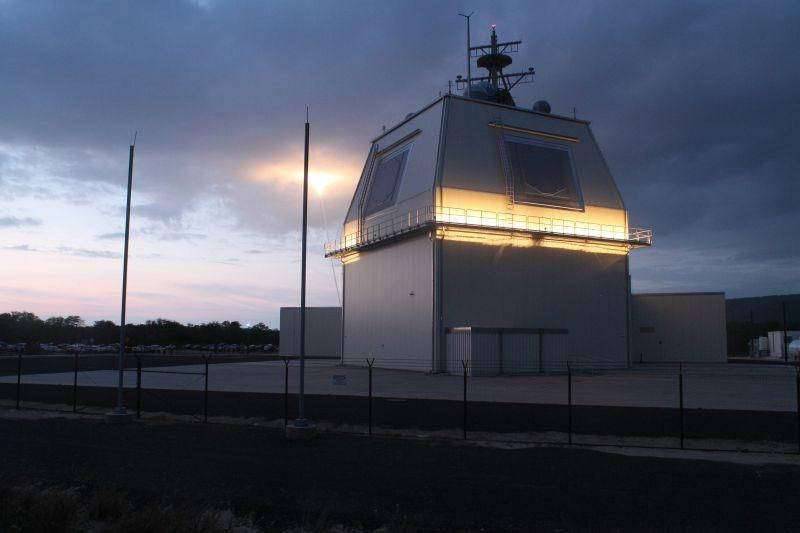
On the ground testing base of the Idzhis system, a building is to be erected to house information processing systems, a position to install an antenna in a radio transparent radome, a launching site for missiles, a backup electric generator and other infrastructure elements. It also provided for the construction of an Aegis system on the continental part of the United States in Moorstown, New Jersey.
Thus, it can be noted that the United States Baring Sands Pacific test site plays a key role in the testing of the THAAD ground forces and the Aegis shipboard antimissile system.
The Kordyak launch complex, located on the island of the same name off the coast of Alaska, is the most North American missile test site in the Pacific zone. Launch facilities were erected on Cape Narrow Island Kodiak Island. This facility was commissioned in 1998 year and was built by a private contractor for the money of shareholders, a controlling stake in the Kodiak complex is controlled by the state of Alaska.
The launch complex Kodiak is a successful example of the cooperation of the American government with a private contractor. It is noteworthy that from the end of the 1998 to 2008, inclusive of the US government, in the process of working out missile defense elements, missile targets were launched from the end of 3 to XNUMX. In this capacity, decommissioned SLBMs Polaris-AXNUMX were used.
According to officially declared statements, the launch complex off the coast of Alaska is primarily intended for launching small spacecraft into polar or high-elliptical orbits using lightweight carrier rockets. However, according to a number of experts, this object was specially built so that the launch missiles launched from Kodiak Island as close as possible to reality simulated the trajectory of ICBMs launched towards the United States from Russia. It can be noted that after the US withdrawal from the ABM Treaty, the trend of the last decade is an increase in the intensity of anti-missile work and the gradual transfer of the main share of anti-missile weapon tests to the Pacific zone.
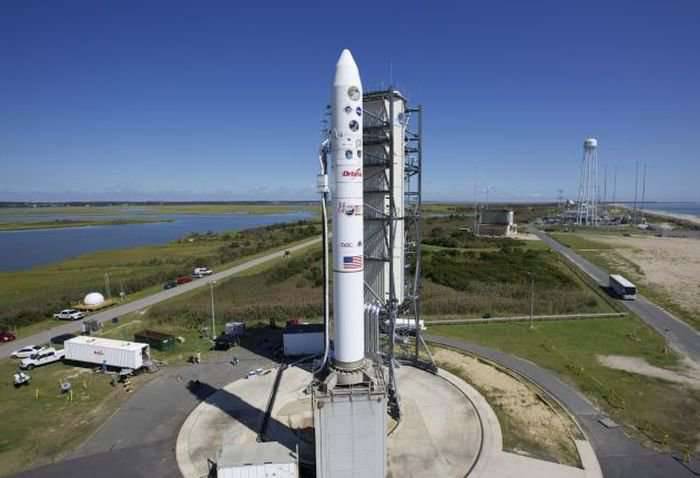
Another interesting feature of the Kodiak complex was the use of the Minotaur launch vehicles for launching spacecraft here. The American solid-fuel launch vehicles of the Minotaur family were developed by Orbital Scientific Corporation by order of the United States Air Force based on the martial stages of the ICPM “Psikeper” and “Minuteman”. Since US law prohibits the sale of government military equipment, the Minotaur missiles can only be used to launch government spacecraft, and are not available for commercial use.
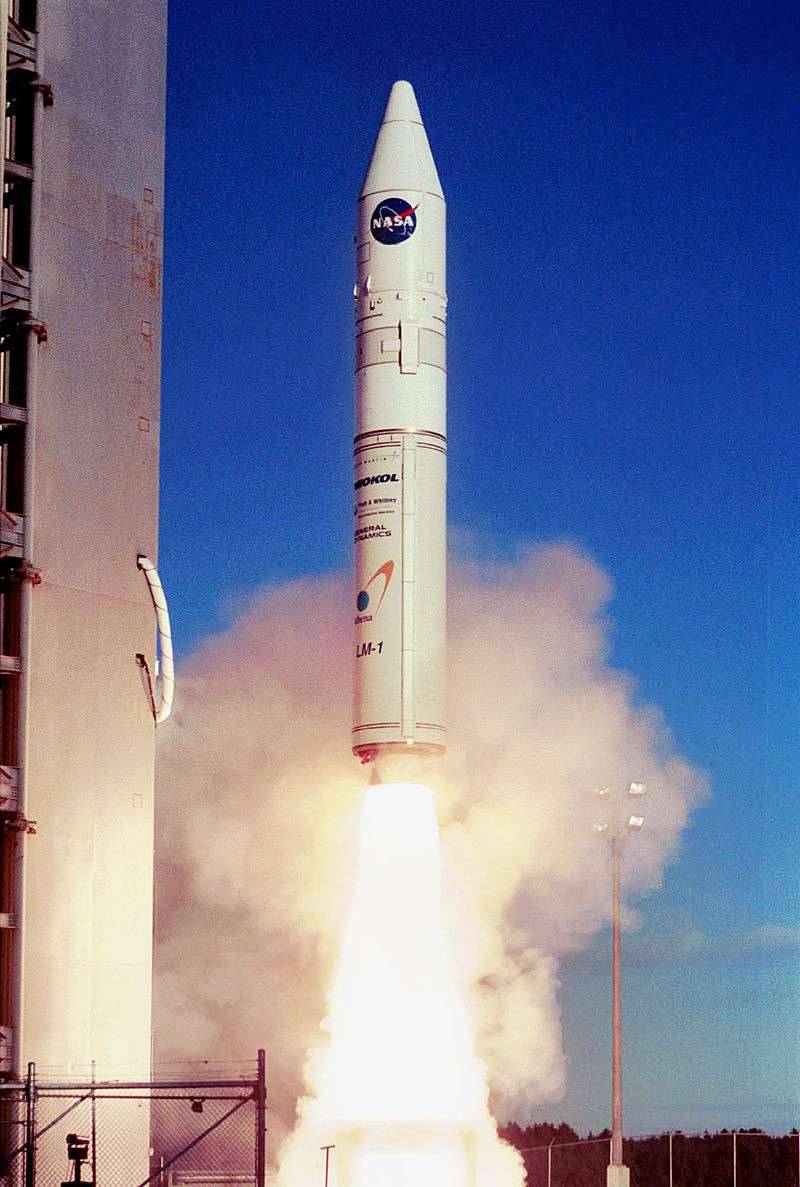
Apparently, the Kodiak launch complex, despite the status of a joint stock company, in the near future will deal with launches only in the interests of the US Department of Defense. Since 1998, here, in addition to military launches, it was planned to launch Athena-1 lightweight missiles. The first and, most likely, the last test launch of this rocket from Cape Nerrow, which took the Starshine-3 light satellite into orbit, took place on September 29 on 2001 in the interests of NASA.
25 August 2014, a few seconds after launching from Kodiak Island, a three-stage solid propellant STARS IV was undermined by a command from the ground due to a failure in the control system. When creating the STARS IV launch vehicle, two stages from the Polaris-A3 missiles and the ORBUS-1A solid-fuel unit were used. The aim of the launch was to test a promising hypersonic aircraft - AHW. This weapon is created in the framework of the project "Fast global strike." According to this concept of the US Department of Defense, global weapons systems are being developed that can hit targets in any region of the world no more than one hour after launch.
The Wallops Cosmodrome is one of the oldest American missile test centers. Its launch pads are located on the island of the same name, separated from the east coast by the shallow bay of Bogs. The cosmodrome consists of three separate sections with a total area of 25 km²: Wallops Island, where the launch complex is located, the main base and the airfield on the mainland.
The cosmodrome was originally founded in 1945 year as the “Wallops Test Center”. Aerodynamic studies and tests of jet engines, light rockets, high-altitude balloons and unmanned aerial vehicles were conducted here. In the first years of its existence, studies conducted in Wallops focused on obtaining data on motion at transonic and low supersonic speeds. From the very beginning, most of the research work in the test center was led by civilian specialists. After the establishment of the 1958 year, NASA Test Center was transferred to the Space Agency and was subordinated to the Goddard Space Flight Center.
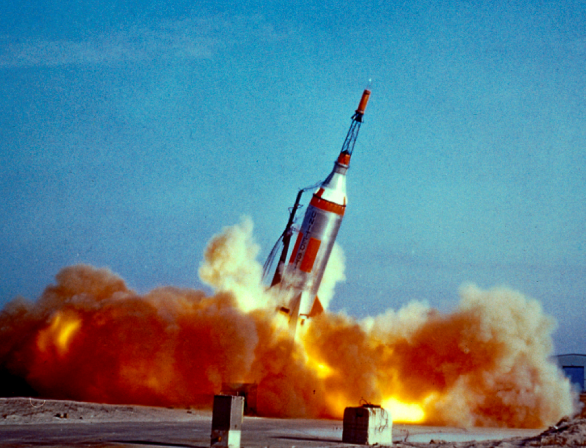
With the accumulation of experience by the staff of the center and the improvement of the material and technical base, the mass and dimensions of the launched rockets grew. If at the beginning of 40's, these were mostly Super-Locke-type light weather missiles, by the end of the 50's, Little Leonie’s research missiles began to be launched here to test manned capsules and rescue equipment.
In the 50-s in the US, much attention was paid to the development of effective formulations for solid propellant jet engines SAM, SLBMs, ICBMs and PH. As you know, solid-fuel missiles are safer and have lower operating costs.
An unsuccessful attempt to launch an experienced two-stage solid-fuel rocket "Scout-X" from Wallops Island was made on 18 on April 1960. The start itself was successful, but the rocket crumbled in the air during the separation of the first stage. In the future, the rocket went through refinement, the number of stages increased to four, and it used components and components that were successfully tested in military rockets UGM-27 Polaris and MGM-29 Sergeant.
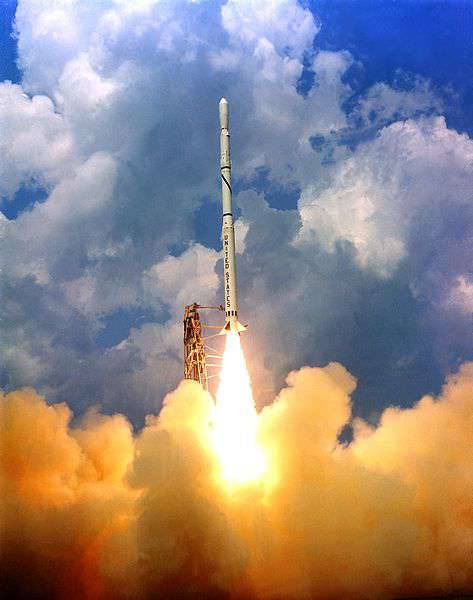
The first successful launch of the light-class launch vehicle Scout with the Explorer 9 satellite to study the upper atmosphere took place on February 15 of the year 1961. Several variants of the Scout launch vehicles were created, differing from each other in engines, number of stages and control system. These sufficiently reliable launch vehicles were used by both the military and NASA, including during the implementation of international space programs. In total, up to and including 1994, more than 120 Scout missiles were launched.
In 1986, the NASA built on the territory of the cosmodrome a control and measuring system for tracking and flight control. Transceiver equipment with antenna diameter 2,4 — 26 m provides reception and high-speed data transmission from objects directly to their owners. Technical characteristics of the measuring complex allow trajectory measurements of objects at a distance of 60 thousand km with an accuracy of 3 m in range, and up to 9 cm / s in speed. The control center of the Wallops cosmodrome provides scientific support and participates in the flight control of all orbital spacecraft and scientific interplanetary stations and is involved in the interests of the Eastern Air Force missile range. During its existence from the Wallops Cosmodrome, over 15 000 missile launches of various types were carried out.
In 2006, a part of the cosmodrome was leased by a private aerospace corporation and began to be used for commercial launches called the “Mid-Atlantic Regional Spaceport”. In 2013, the Lunar Atmosphere and Dust Environment Explorer probe, designed to study the Moon, was launched from Wallops PH "Minotaur-V".
In 90, the American company Aerojet Rocketdine signed a contract with SNTK. Kuznetsova for the purchase of 50 oxygen-kerosene rocket engines NK-33 at a price of 1 million US dollars. In the United States, after upgrading by Aerojet and obtaining American certificates, these engines received the designation AJ-26. They are used in the first stages of the Antares LV, which are also launched from the Wallops Cosmodrome. October 28 2014, when attempting to launch, barely looking up from the launch pad, the Antares launch vehicle with the Signus ship exploded. In this case, the launch facilities were seriously damaged.
Recently, the administration of the cosmodrome has been forced to spend significant funds on strengthening the coastline and building dams. Due to rising sea levels, Wallops Island loses 3-7 meters of shore every year. Some access roads and facilities over the past five years have been restored several times. But, given the importance of the spaceport for the American space program, NASA has to cope with this.
In addition to the above test missile test sites and launch sites in the United States, there are a number of facilities where missile technology tests and research related to the space industry are conducted. Traditionally, the largest testing centers are under the jurisdiction of the defense department.
Special place in stories American aviation and cosmonautics is occupied by Edwards Air Base, also known as the US Air Force Flight Test Center. It was founded in 1932 year as a training ground for bombing. At the airbase there is the longest landing strip in the US, 11,9 km in length. It is intended for the landing of "shuttles". Near the strip, on the ground, there is a huge compass about a mile in diameter. Here, reusable space shuttle space shuttle was tested and then repeatedly landed after being in space. The advantage of the base is a unique geographical location. It is located in a desert sparsely populated area, at the bottom of a dried salt lake, where the surface is quite smooth and durable. This greatly facilitates the construction and expansion of the runways. Dry and sunny weather with a large number of sunny days per year favors the conduct of flight tests of aviation and rocket technology.
19 July 1963-th here on the experimental manned jet apparatus X-15 set speed records (6,7 M) and altitude (106 km). In 1959, the 8 first solid-fuel ICBM "Minuteman" was launched from an experimental silo. As part of the Space Shuttle reusable manned spacecraft program at the 22 December 1966 to 17 air base, July 1970 was tested by a Northrop HL-10 Lifting Body missile plane.
A very unusual looking HL-10 Lifting Body was used to study and test the possibility of landing and safe maneuvering on an aircraft with low aerodynamic quality. It had a nearly round upper mid-surface with three keels and a flat, slightly arched bottom. Rocketplan was equipped with an engine that was previously used on the X-15. During test flights, the HL-10 took off into the air, being suspended under a B-52 bomber. Over the entire test period, 37 flights were performed. At the same time, the HL-10 reached record for all rocket-planes with a carrying case of speed (1,86 M) and flight altitude (27,5 km).
13 September 1985 of the Edwards Airbase became the place from which the upgraded F-15 fighter jet destroyed the ASM-135 rocket of the non-working Solneind satellite Р78-1.
The north-eastern part of the territory of the airbase is occupied by the “Branch of the Air Force Research Laboratory, founded in 1953 year. Here solid-fuel and liquid jet engines and rockets are being developed and tested. The branch specialists made a great contribution to the development and testing of the missile engines: Atlas, Bomark, Saturn, Thor, Titan and MX, as well as the main shuttle engine. The latest achievement is participation in the implementation of a program for the creation of a new generation of anti-missile systems, including the theater missile defense system THAAD.
"Flight Research Center. Armstrong ”(before 1 in March 2014, named after Dryden), administered by NASA, shares the territory of Edwards airbase with the military. At present, the main activities of the center are the creation of engines operating on alternative fuels, engines using solar energy, research of flights in the atmosphere at hypersonic speeds and the creation of unmanned vehicles with a continuous flight duration of more than 100 hours.
Google Earth snapshot: solid rocket boosters used to launch the Space Shuttle next to the Global Hawk heavy UAV
At the air base, along with other programs, research is being conducted in the field of cryogenic rocket engines in order to create hypersonic cruise missiles. Development of missiles X-51A goes within the concept of "fast global strike." The main goal of the program is to reduce the flight time of high-precision cruise missiles.
The Western Naval Test Site is mainly used to test naval missile weapons systems. The infrastructure and means of objective control of the landfill are used in the interests of the Air Force, the Army, NASA, and also to provide joint exercises with the armed forces of friendly foreign countries. All necessary infrastructure is available at the California test site for conducting a complex of tests: launching sites for missiles, tracking and trajectory measurement points, and a control center. All objects are located along the coast in a common area with the measuring complex Point Mugu. At the West Navy range from 1955 to 2015, about 3000 missiles were launched year. For the most part these were anti-aircraft, anti-ship and cruise missiles designed to destroy ground targets, including foreign ones. However, there were also test and test training launches of OTR and SLBMs. At 2010, the next battlefield laser tested on board a Boeing 747-400 passed the test in the area. The targets were ballistic missiles launched from a floating platform in the waters of the landfill and from the island of San Nicolas 100 km from Point Mugu.
In Point Mugu is the same name naval aviation airbase with the main runway length 3380 m. Since 1998, it is the home of the carrier DRLO E-2С “Hokai” aircraft carriers of the Pacific Fleet of the US Navy. Adjacent to the runway there are prepared concrete areas for missile launchers. Closer to the coast, optical, radar tracking and trajectory measurements, as well as telemetry information reception equipment and a single-time service station, are deployed.
At the airport are also based aircraft of the special air group to ensure and control training and test missile launches. To conduct large-scale exercises of warships and naval aviation, to create the maximum realism of the combat situation, foreign-made combat aircraft belonging to the private company ATAK are involved. In addition to aircraft, the company has jamming equipment and simulators of anti-ship missiles.
Recently in the USA "private astronautics" actively develops. Relatively small companies, founded by space flight enthusiasts, began to enter the market of cargo delivery services to orbit and “space tourism”. Perhaps the most unusual is the “space tourist plane” SpaceShipOne of the company Scaled Composites LLC.
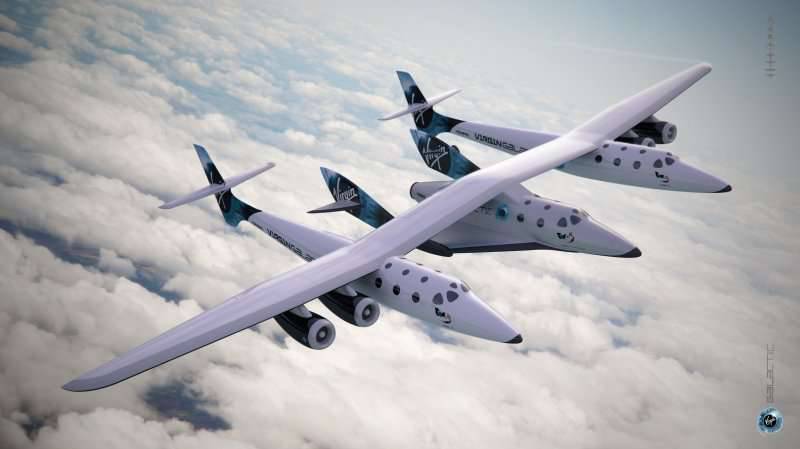
The well-known aircraft designer Burt Rutan took part in the development of this device. In the air from the Mojave airfield, SpaceShipOne with “space tourists” on board, is lifted by a special White Knight aircraft. After undocking at an altitude of 14 km and launching a jet engine operating on polybutadiene and nitrogen dioxide, SpaceShipOne also gains 50 km, where it continues to move along a ballistic trajectory. The device is in space for about three minutes and its passengers experience weightlessness. After descending to an altitude of 17 km, SpaceShipOne goes into a managed gliding flight and lands at the aerodrome.
But the apparatus SpaceShipOne, developed for the purposes of "space tourism" is rather exotic. Most of the private space companies are trying to make money on the development and construction of launch vehicles and the delivery of cargo into orbit under contracts with NASA. This phenomenon for NASA is largely forced. After the end of the space shuttle flights and the cancellation of the Constellation program, the United States faced the problem of sending cargo into orbit, and the US space agency, which is experiencing significant financial difficulties, decided to minimize the risks associated with creating promising launch vehicles and allowed new players to enter this market. such as: Orbital Sciences, SpaceX, Virgin Galactic, Bigelow Aerospace, Masten Space Systems. The bill of state orders to private aerospace companies of the new wave in the USA is already worth billions of dollars. As you know, demand creates supply. In this case, with private space companies, the budget money of American taxpayers goes to pay for the final service, that is, the delivery of payload from the spaceport to orbit is paid. Of course, the United States is very profitable, because it does not have to divert resources and funds for the development of missiles. NASA is currently the largest customer, no space business, with the possible exception of telecommunications and to some extent “space tourism,” will not be able to exist for a long time without government orders.
The author is grateful for the help in preparing the publication for Anton (opus).
ARTICLES FROM THIS SERIES:
US missile ranges. 1-Part I
Based on:
http://www.thelivingmoon.com/45jack_files/04images/Pacific_Range/Makaha_000.png
http://pentagonus.ru/publ/osnovnye_amerikanskie_poligony_i_drugie_raketno_ispytatelnye_obekty_tikhookeanskoj_zony_2013/13-1-0-2409
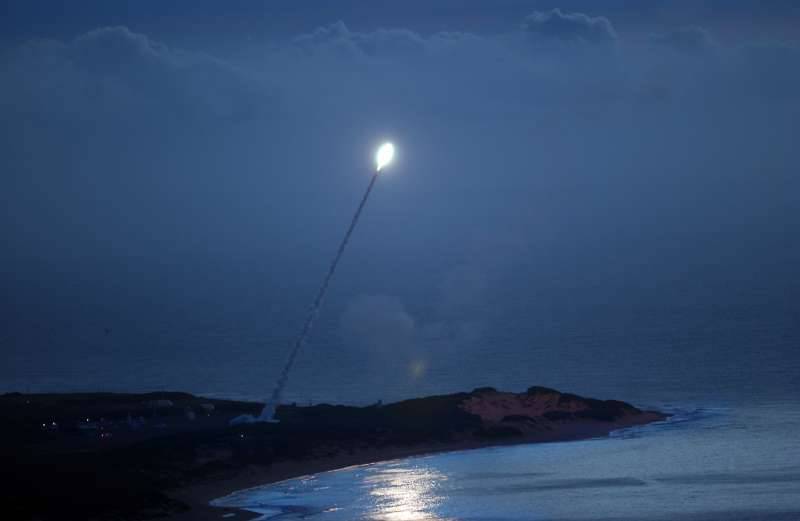
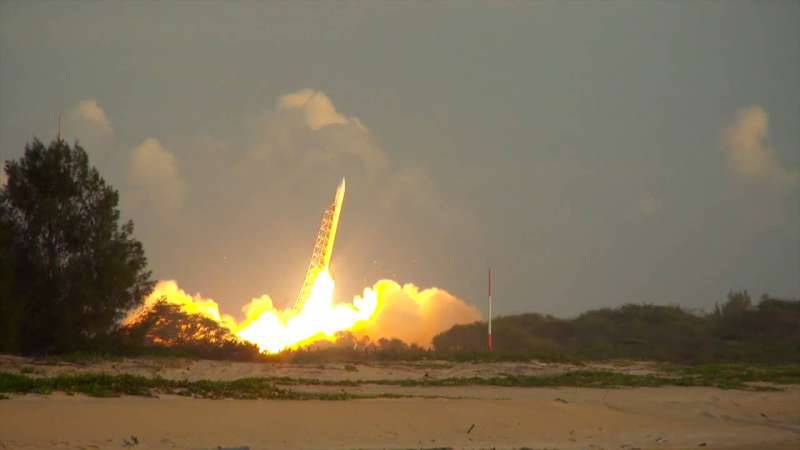
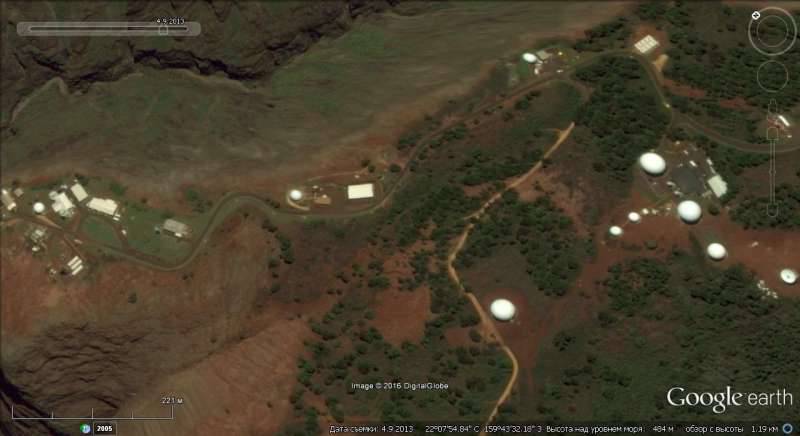
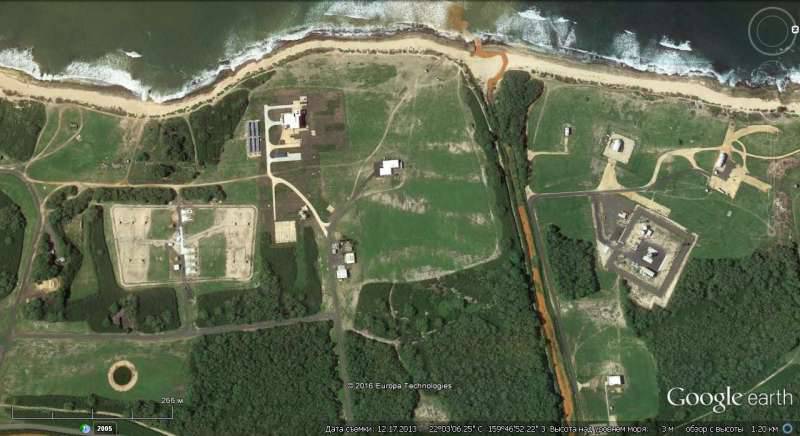
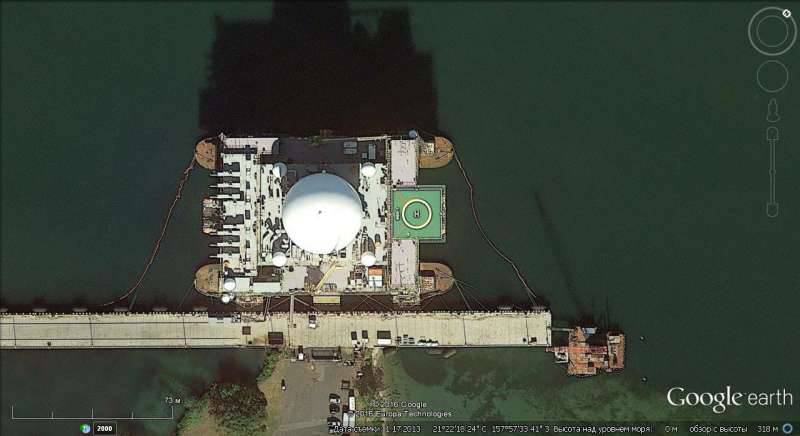
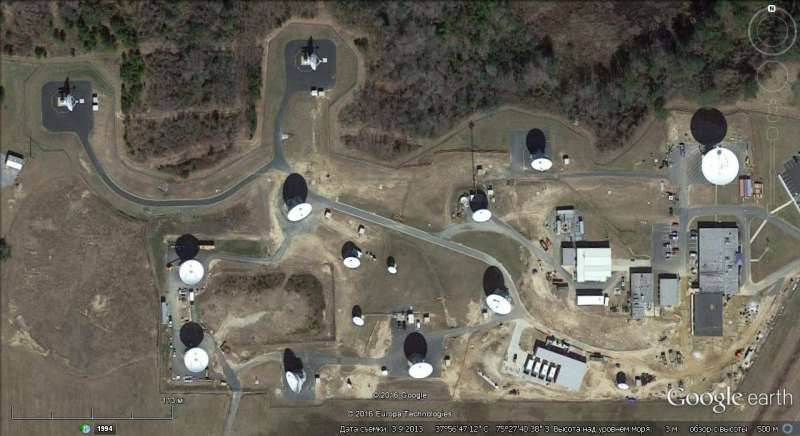
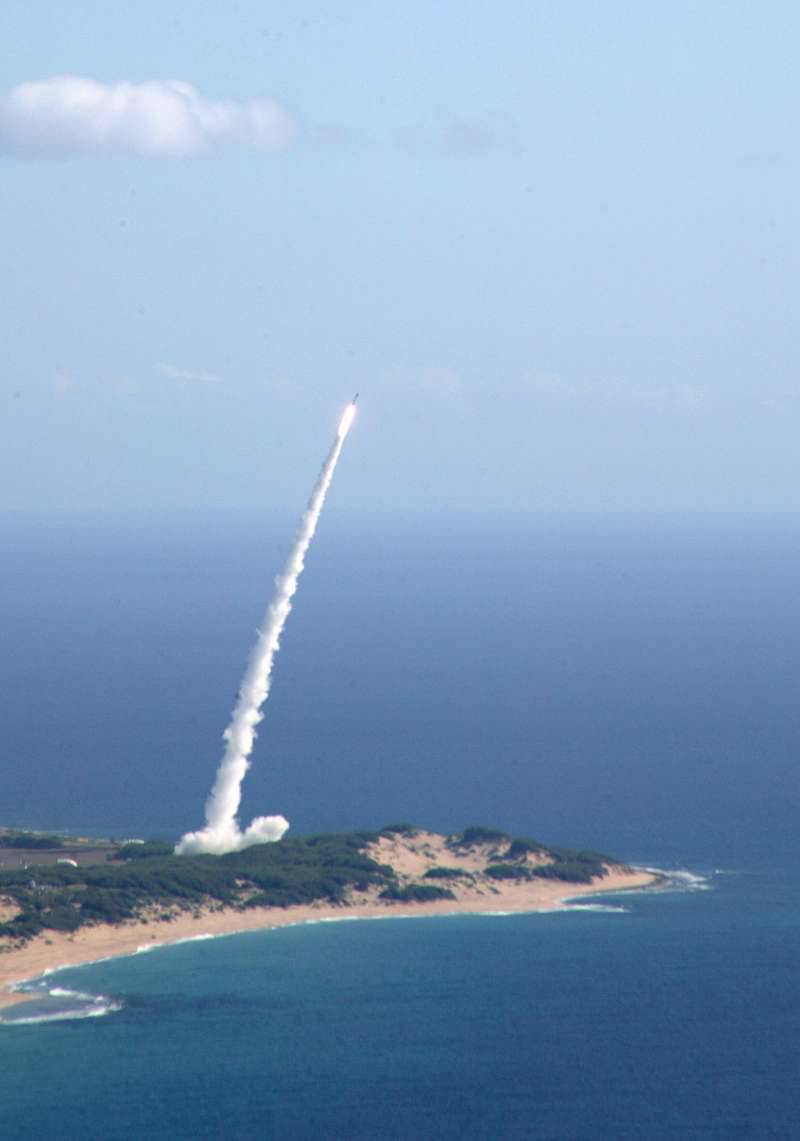
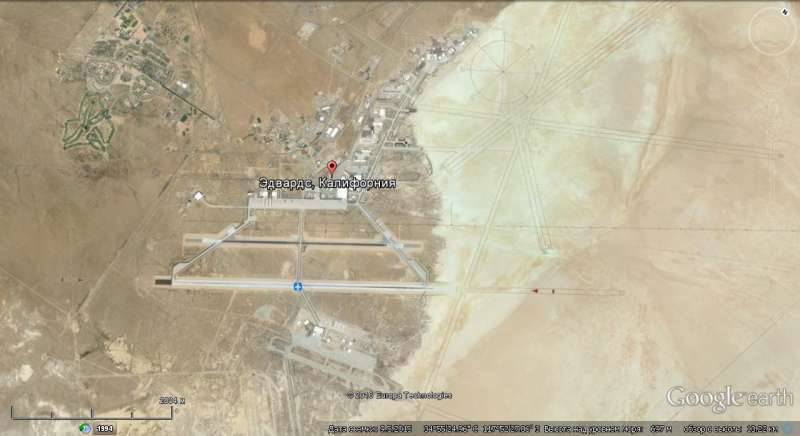
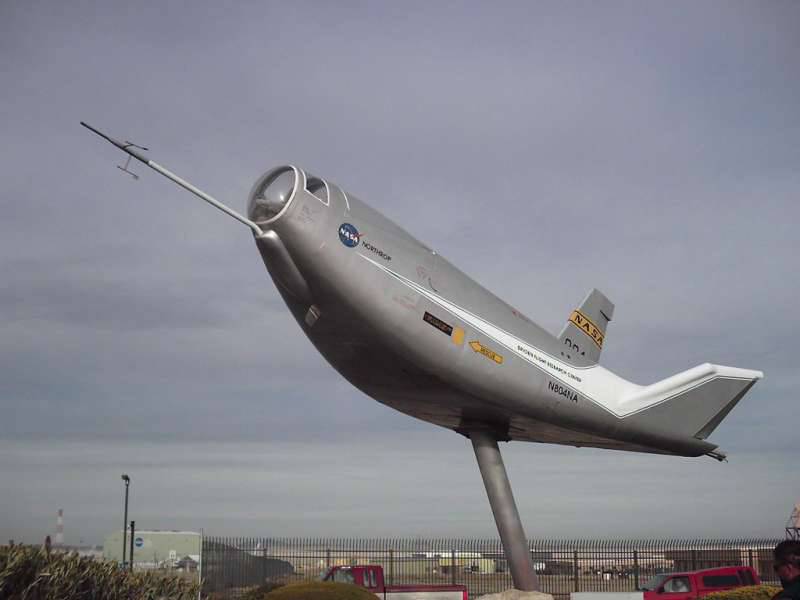
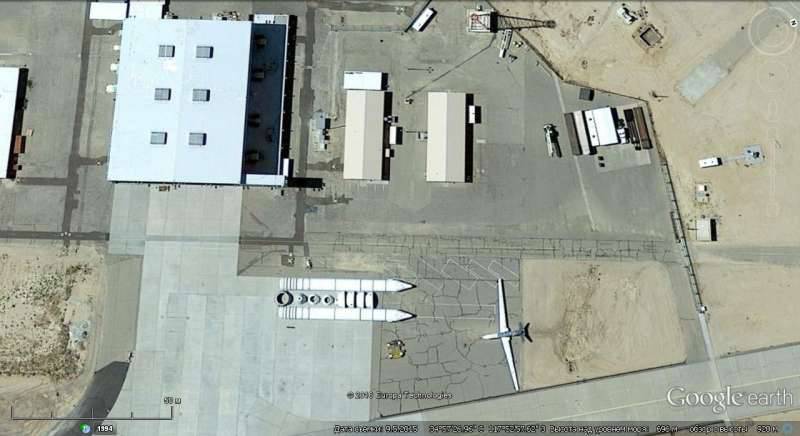
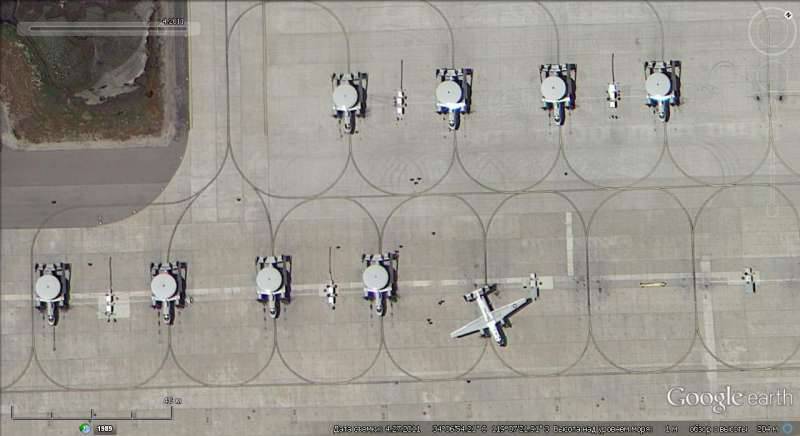
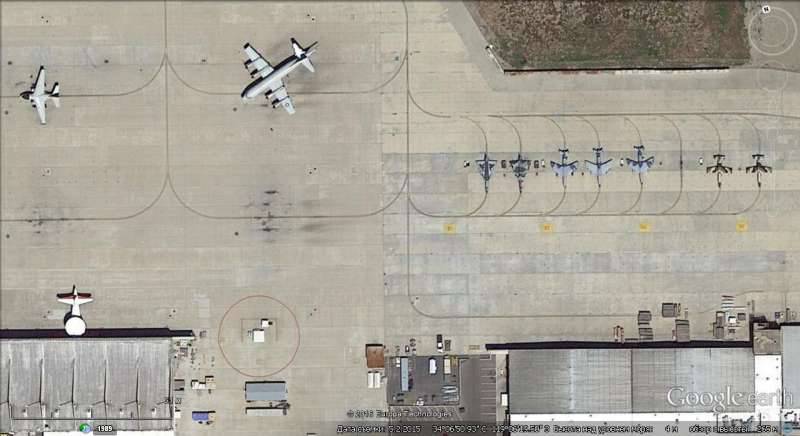
Information